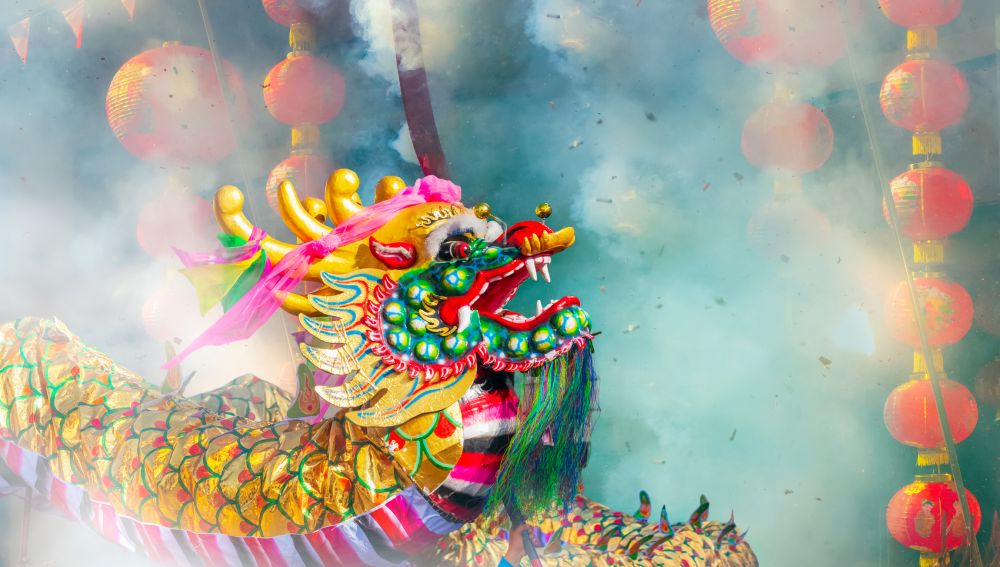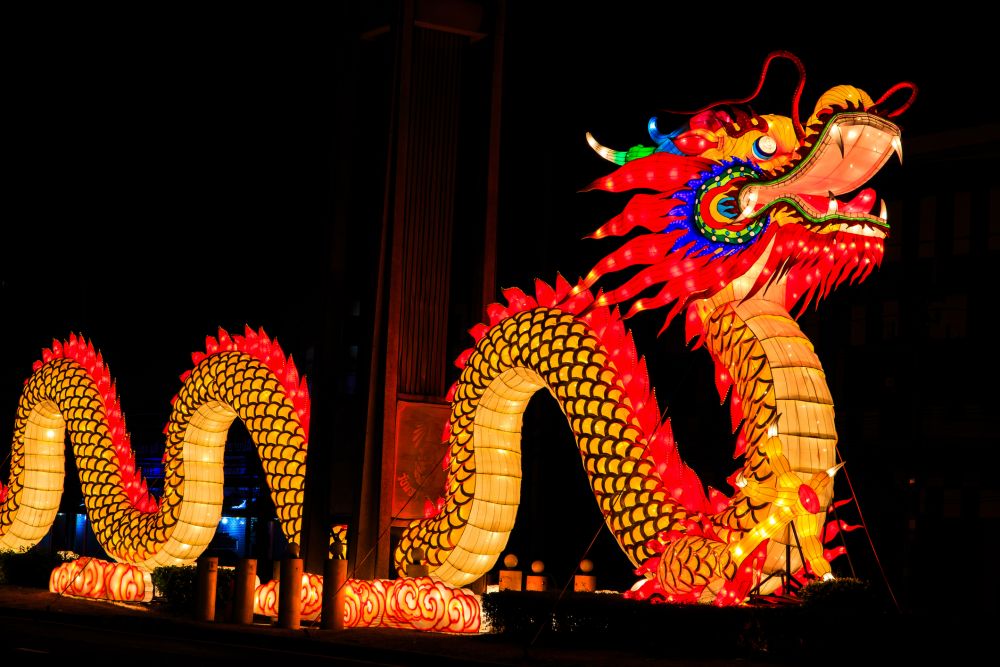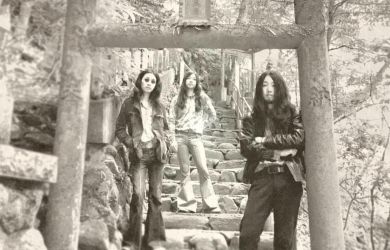
January 16, 2024
Chinese New Year in Japan
Welcoming the Year of the Dragon on February 10
It isn’t certain exactly when or how the Chinese New Year began, though there are records of it, or similar festivities, being held thousands of years ago. Many myths and legends are related to the origins of the festivities, but the most prominent one centers on the mythical beast Nian.
On the eve of a New Year, the mythical beast would enter villages, destroying homes, eating livestock and sometimes even people. To stay on Nian’s good side, many would leave food out for him, until one year an old man discovered that Nian was scared of loud noises and the color red. To keep Nian at bay, people wore red clothes, hung red scrolls and lanterns, and lit crackling bamboo (later fireworks) while beating drums to scare him away. From that point on Nian never returned.
Today, the Chinese New Year, or Lunar New Year, is also celebrated around the globe, including many countries in South East Asia as well as Australia, New Zealand, the U.S. and the UK. Sydney, London, and San Francisco all claim to hold the largest Chinese New Year celebrations outside of Asia.
As it is based on the traditional Chinese lunisolar calendar, which follows the phases of the moon, each year lands on the second new moon after the winter solstice on December 21. The celebrations could land anywhere between January 21 and February 20. For 2024, Chinese New Year lands on February 10. The festivities across Tokyo will likely be held weeklong, so there is plenty of opportunity to get involved.
Much like how Japanese kanji originated from China, many cultural beliefs, religious practices, myths, and celebrations have made their way to, and have been adapted by Japan. Chinese New Year is, to some extent, one of these. Before the Meiji Restoration, Japan used a version of the lunisolar calendar, but in 1873 it shifted to align itself with the Western Gregorian calendar.
Consequently, many of the nation’s traditions surrounding the Lunar New Year have died out, moving instead to January 1. Although it is one of the few Eastern Asian countries that no longer hosts a national holiday for the Lunar New Year, the celebration lives on, especially in the many Chinatown districts. The largest and most famous of these is located in Yokohama. Other areas include Kobe and Nagasaki’s chukagai as well as Ikebukuro’s growing Chinese district, where you will find festivities taking place this February.

In previous years there have been parades, illuminations, dancing dragons and lions, acrobats and musical performances to ring in spring and the beginning of a New Year.
For many who celebrate the Lunar New Year in Japan, this occasion is also marked by simply spending time with friends and loved ones. Victor Jiacheng Leong, a Chinese Singaporean living in Tokyo, explains “In my sharehouse, we mark the new year by coming together and chatting over a comforting hotpot meal.” His sharehouse contains nationals of Malaysia, Indonesia, Singapore and South Korea, who all join together and share the holiday, even with those who don’t usually celebrate it themselves.
Leong adds, “Visiting Chinatown for the festivities sounds delightful; the vibrant decorations and the chance to savor delicious food without the hassle of cooking would be wonderful. However, if anyone prefers to avoid crowds, celebrating at home amongst cherished company is equally appealing. Ultimately, it’s the company that truly makes the celebration special.”
It’s true that New Year is a time to celebrate with friends and family, but it is also a time to welcome the new zodiac animal.
The Chinese Zodiac is still a part of Japan’s New Year celebrations to this day. Despite changing to the Gregorian calendar, Japan celebrates the changing of the zodiac on January 1, welcoming any of the 12 animals: the rat, ox, tiger, rabbit, dragon, snake, horse, goat, monkey, rooster, dog and pig.
In Japan, many shrines feature one, if not all of the members of the zodiac. Many people go to pray at a shrine best suited to the zodiac for that year. In the case of 2024, you may want to visit Kuzuryu Shrine in Hakone, Kanagawa, as the approaching Lunar New Year will usher in the year of the Dragon.
Metropolis’ horoscope specialist Cathy Moe offers her insight on this year’s zodiac. “February 10, 2024 to January 28, 2025 is the Year of the Wood Dragon. The sign of the Dragon occurs once every twelve years. The Wood Dragon arrives once every 60 years,” she explains.
“In this Year of the Dragon, there are people as yet unknown who may rise to positions of authority. They know they are strong, but it may come as a surprise to others. Expect the unexpected, with the potential for new leaders who feel called to action as they rise to greater recognition.”
“The Year of the Dragon plays well with Western astrology in the year 2024. When you look at a symbol, statue or picture of a dragon, what do you think of? Power, strength, and a fierce demeanor. Ambition, determination, glamor and allure.”
Moe goes on to explain that leadership on the world stage and events are lined up in such a way that there may be a challenge for dominance in 2024. “This Year of the Dragon is a big draw. There are many points of interest around the world. Will the Year of the Dragon entice leaders to let their inner ‘Dragon’ surface, only to find more Dragons are rising than they planned for?”
So let’s don our finest red apparel, set off fireworks, watch dragons and lions dance, and welcome the Year of the Dragon here in Japan!







